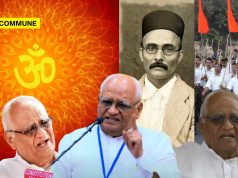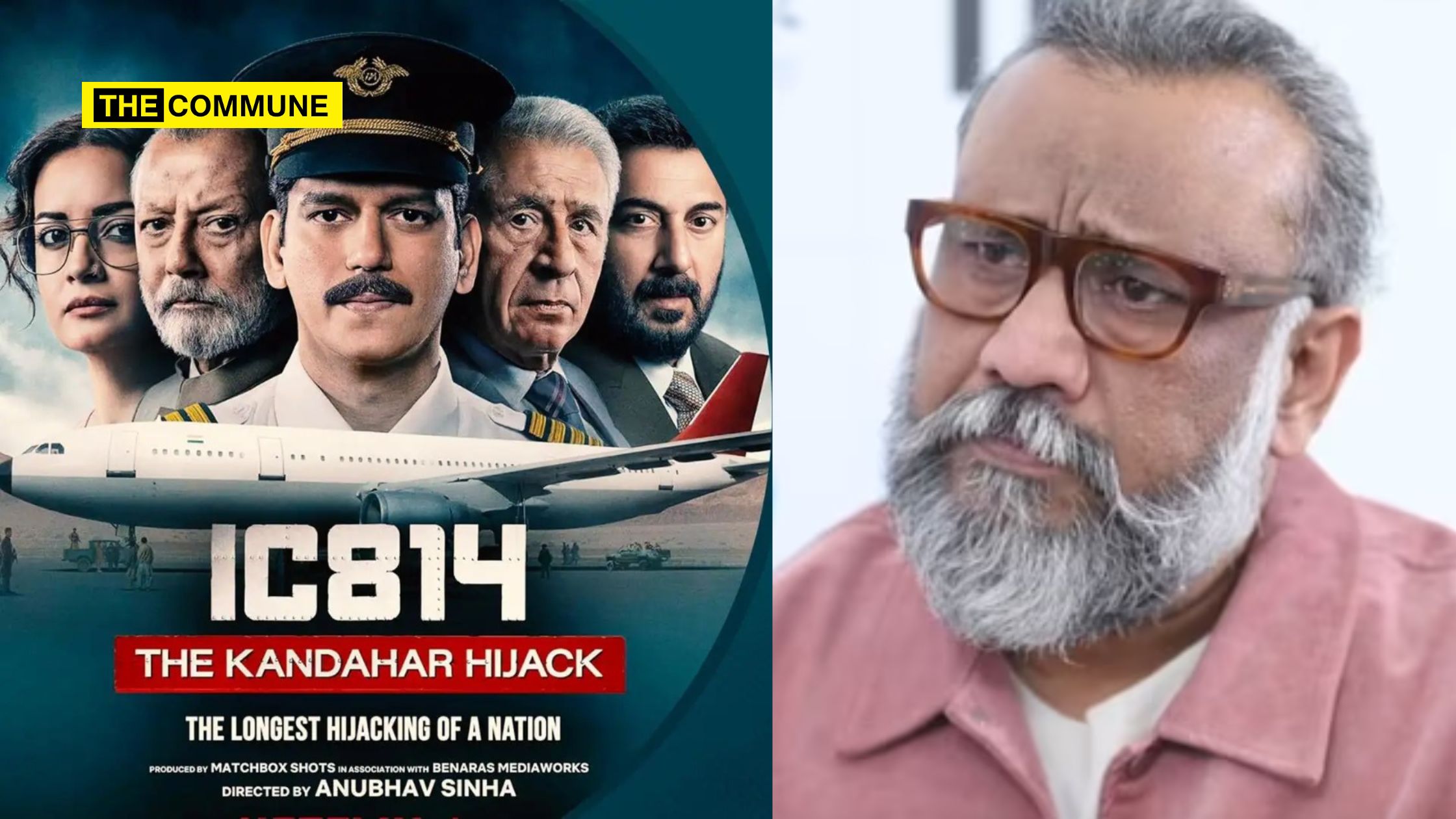
The hijacking of Indian Airlines flight IC814 in 1999 remains a haunting memory for India. However, the Netflix series “IC814: The Kandahar Hijack” by Anubhav Sinha is a travesty that distorts the truth. It whitewashes terrorism and undermines the gravity of this tragic incident.
IC814, Kandahar, hijack – these words haunt the citizens of India as well as the victims of the hijacking incident in December 1999. Twenty-five years on, it remains a dark memory for most of us who witnessed the scenes unfolding in front of our eyes on television. This hijacking incident happened close to the heels of the Kargil war earlier that year. As the world awaited the new millennium and was busy handling the Y2K problems, the news of a hijack sent us all into a trauma.
Anubhav Sinha, known for distorting facts, also made films like Article 15, which propagated certain propaganda.
His Netflix series IC814: The Kandahar Hijack is a travesty that undermines the gravity of one of India’s most harrowing national security incidents—the hijacking of Indian Airlines flight IC814 in 1999. By choosing to blur facts, distort historical events, and portray the perpetrators in a sympathetic light, Sinha has not just missed the mark but has done a disservice to the memory of those who lived through the ordeal.
The Netflix series on IC814 is nothing short of a blatant attempt to rewrite history, portraying the Vajpayee-led NDA government as incompetent while downplaying the role of Pakistani jihadists in the tragedy. The series on the IC814 hijacking begins with a note stating that it was inspired by real-life incidents and is based on the book Flight Into Fear by Captain Devi Sharan and Srinjoy Chowdhury. 
So how much of it was inspiration, and how much of it was fiction/reality? Let’s take a look.
Whitewashing Terrorism: A Gross Misrepresentation
One of the most glaring issues with the series is its failure to identify the hijackers accurately. The show refuses to name the real culprits—Pakistani Islamist terrorists—hiding behind codenames like “Shankar” and “Bhola.”
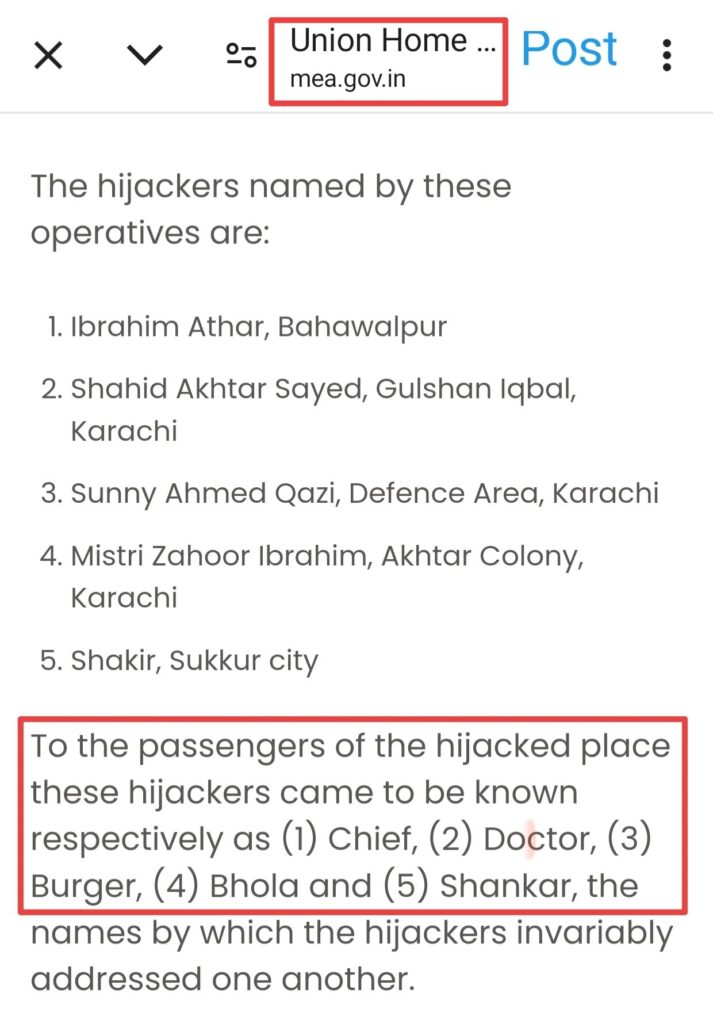 The show concludes with a bio of the three terrorists released. Sinha could have very well shown the real names and faces of the terrorists who carried out the heinous act. This deliberate omission not only dilutes the reality of the situation but also seems like an attempt to exonerate Pakistan and its notorious intelligence agency, ISI. Instead of holding the actual perpetrators accountable, the series conveniently shifts the blame onto Osama Bin Laden and a few nameless terrorists, seemingly giving Pakistan a clean chit.
The show concludes with a bio of the three terrorists released. Sinha could have very well shown the real names and faces of the terrorists who carried out the heinous act. This deliberate omission not only dilutes the reality of the situation but also seems like an attempt to exonerate Pakistan and its notorious intelligence agency, ISI. Instead of holding the actual perpetrators accountable, the series conveniently shifts the blame onto Osama Bin Laden and a few nameless terrorists, seemingly giving Pakistan a clean chit.
Portraying Terrorists As Humane & Kind
The series shows that terrorists are more human than anyone else on the planet. The air hostesses are seen admiring the passenger, who turns out to be a terrorist. But later, the episodes also show the same terrorist being kind to one of them—offering her water when she throws up after trying to clean the overclogged toilet and also offering her a piece of cloth to clean herself.
The terrorists are shown to give the passengers vegetarian food, specially ordered to suit the victims’ palate and also seen playing ‘antakshari’ with them!
The terrorist named Doctor is shown to offer a cigarette to the Captain, who politely refuses but ends up accepting it. Despite stating that he gave up smoking (maybe due to the situation), he almost smokes it, but thanks to the kindness of the terrorist, he is allowed not to. How humane of the terrorist to let him do what he wanted.
In the scene where the toilet gets clogged, and Captain Sharan offers to clean up the pipes inside, he is seen having a very friendly conversation with the terrorist Burger, and they share a light moment—how wonderful. One of them is also shown playing an instrument. What was missing was showing the terrorists doing namaz—the circle would have been complete in making saints out of the criminals.
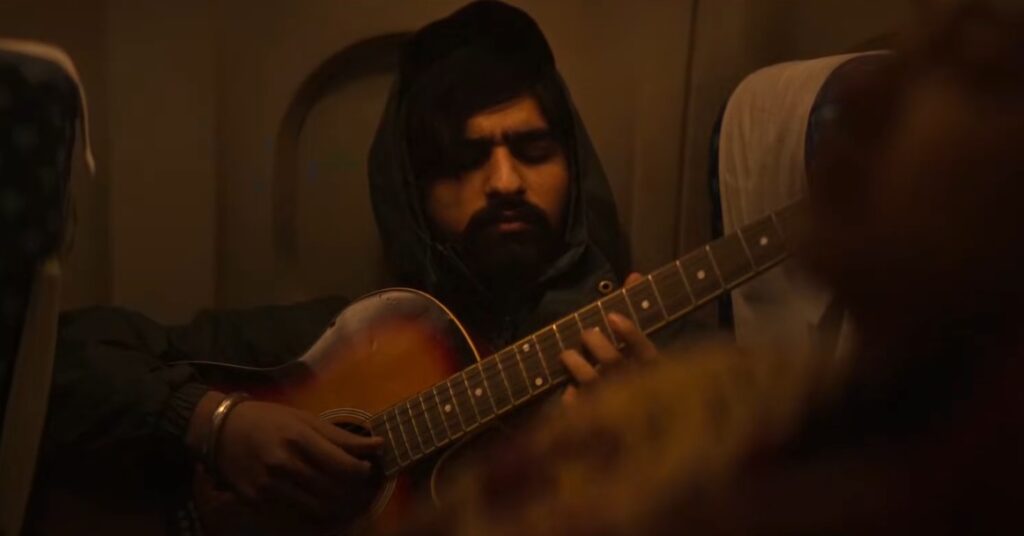
The exchange between one of the air hostesses and the terrorist where he says, “hameh bhi ghar jana hai” in response to the airhostess’ words “we want to go home” illustrates the series’ flawed attempt to humanise the terrorists. This dialogue diminishes the severity of the situation and blurs the critical distinction between victims and perpetrators. By depicting the terrorist as merely someone longing for “home,” the series misplaces sympathy for those responsible for heinous acts.
Lacks Proper Research
The series’ lack of basic research is evident in its dialogue and cultural references. As journalist Aditya Raj Kaul pointed out, “washroom” and “cute,” commonplace today, were not part of the Indian lexicon in 1999. These anachronisms betray a fundamental misunderstanding of the era, making the series feel disconnected from the time it claims to represent. He also noted that the series makes a bizarre and unfounded attempt to shift blame onto Kashmiri Hindus by introducing bureaucrats with Kashmiri Hindu names. This misrepresents the situation and presents a harmful and baseless narrative entirely out of place.
The flight lands in Amritsar in one episode and all of a sudden they are in mid air in the next – the hurried and confused sequence of events in Amritsar makes it all the more irritating for the viewers. There are accusations and theories that the commandos in Punjab were stuck in a traffic jam, some said the CM played a role in preventing them from entering the airport – why couldn’t have Sinha done some research on this and presented facts?
Mocking Indian Govt Officials, Taking Sly Digs At Bureaucrats
Perhaps the most offensive aspect of the series on IC814 is its portrayal of Ajit Doval, the present National Security Adviser, who played a pivotal role in the negotiations as a part of the team involved. The series reduces Doval—a man known for his steely resolve and strategic brilliance—to a caricature, portraying him as a bumbling negotiator in a comical farce. The severe and tense negotiations that took place, which were a matter of life and death for the hostages, are depicted ludicrously. The iconic images of Doval on the Kandahar tarmac, which symbolize the gravity and complexity of the situation, are glaringly absent.
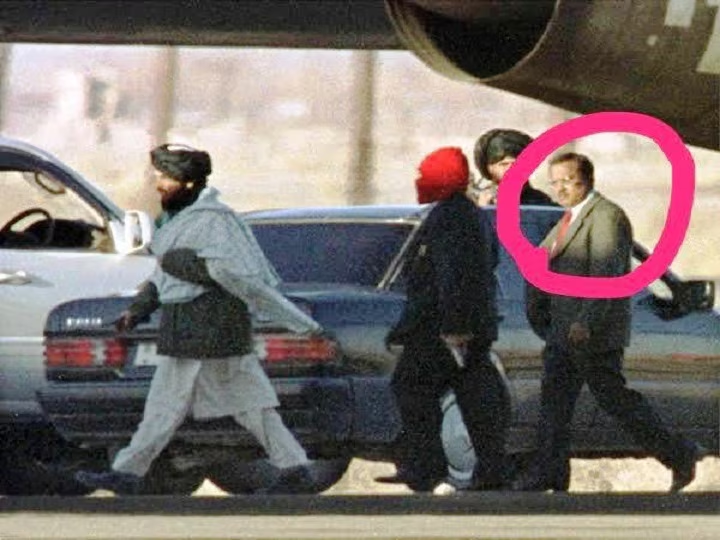
Adding insult to injury, the portrayal of the government’s response in New Delhi is equally flawed. The series fails to capture the genuine crisis in the capital, showing a government fumbling in the dark, devoid of cinematic depth or historical accuracy. Even the desperate 45-minute standoff at Amritsar, where the National Security Guards failed to act, is glossed over without an honest exploration of the chaos and failures. While there may have been costly mistakes on the government’s side, the portrayal in the series seems far from reality.
Failure To Portray Indian Govt Actions Correctly
Sinha’s series also fails to depict the Indian government’s response to the crisis accurately. While it’s true that the government faced immense challenges, including international pressure and public outcry, especially with the events unfolding on television worldwide, the series doesn’t even attempt to show the complexities involved. The show glosses over the background of the terrorists who were released in exchange for the hostages—men like Masood Azhar, who went on to commit several cruel acts of terror against India – such as the attack on Parliament in 2001. By doing so, the series not only distorts the narrative but also undermines the sacrifices made by the Indian armed forces and intelligence agencies.
Actors & Their Performances
The series has several heavyweights. However, each of them has been able to do justice to the series. It is not clear why Dia Mirza is even a part of the team—she hardly has a few dialogues to mouth; a log of wood would have done the same thing that Dia enacted. The journalist under Dia, Nandini Martin, played by Amrita Puri, seems perpetually angry and has no relevance in the series.
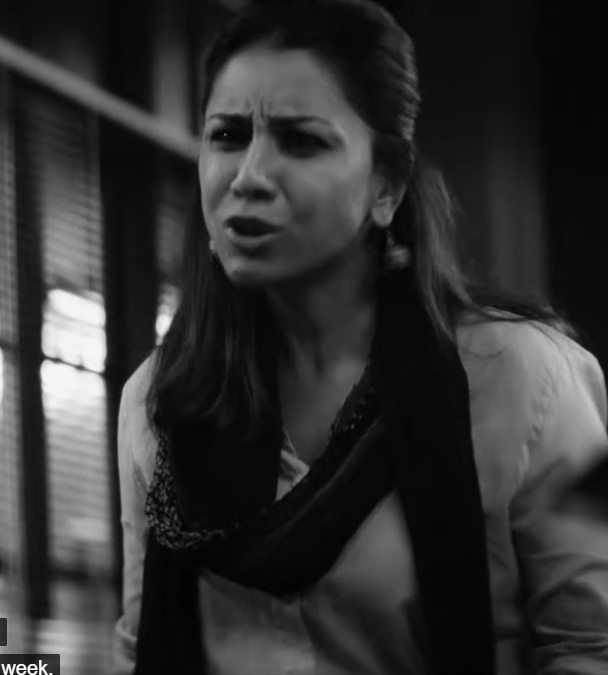
Despite a stellar cast, the IC814 series fails to deliver impactful performances due to poor direction and dialogue, mostly involving functional exposition and protocol barking.
Interplay Between Actual Footage & Fiction
Most often, directors inspired by an incident show the footage and recent updates at the end credits. However, Sinha fails to make an impact on the archival footage. He could have shown the video footage from 1999 towards the end or made a documentary with narration much like the 2010 NatGeo documentary on the same incident – but Sinha, in an attempt to peddle a narrative, used footage that would only leave the audience with the message that the then-government was weak, spineless, the bureaucrats were incompetent nincompoops who made bathroom jokes.
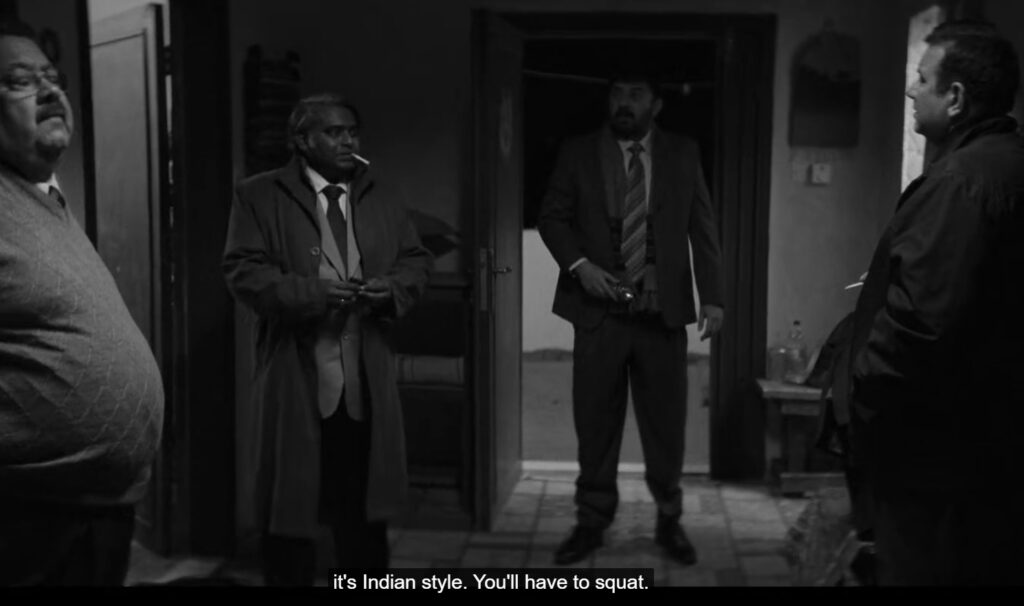
Distortions In Earlier Films
Anubhav’s adaptation of his film Article 15, which was based on the rape and murder of two sisters at Badaun in 2014. Sinha took significant liberties with the original incident. He portrayed the victims as Dalits instead of OBC girls, changed the perpetrators from Yadavs to Brahmins, and depicted the indifferent Chief Minister as a saffron-robed monk reminiscent of Yogi Adityanath. This approach to adapting an actual event was criticized as deliberately inflammatory since it could stoke caste tensions to promote a particular ideological narrative. It seems Anubhav views cinema not as an art form but as a means to sway public opinion on sensitive social and political issues.
He has attempted the same with IC814 – trying to make terrorists look kind and even better humans than the victims themselves.
He has also made films like Mulk, Bheed, and Thappad, peddling specific narratives. Mulk was a courtroom drama made to ‘address Islamophobia’. How benevolent of Sinha to make such films!
Bheed, a box office failure, tried to create some noise about the migrant workers returning to their home states from various parts of the country during the COVID-19 pandemic. Thappad was another misadventure by Sinha, trying to give the feminist in him some limelight. In short, Sinha made films that would show Hindus and the ruling establishment in a lousy light. He did that with the current series as well.
A Cinematic Disaster
The Netflix series on IC814 is far from a masterpiece; it is less than mediocre. It is a cinematic disaster that plays fast and loose with the facts. When dealing with such sensitive national security, one would expect filmmakers to exercise caution, base their work on thorough research, and perhaps even consult with those directly involved. Instead, Sinha has taken so much creative liberty that the series becomes intolerable, reducing a tragic event to a piece of fictional drivel.
The hijacking of IC814 was a defining moment in India’s battle against terrorism. It was a moment that demanded courage, resilience, and clear-headedness—qualities that are sadly missing from Sinha’s portrayal. By distorting the truth, Anubhav Sinha has hijacked a national tragedy and turned it into a farce, doing a grave injustice to the memories of those who lived through it.
Subscribe to our Telegram, WhatsApp, and Instagram channels and get the best stories of the day delivered instantly.


